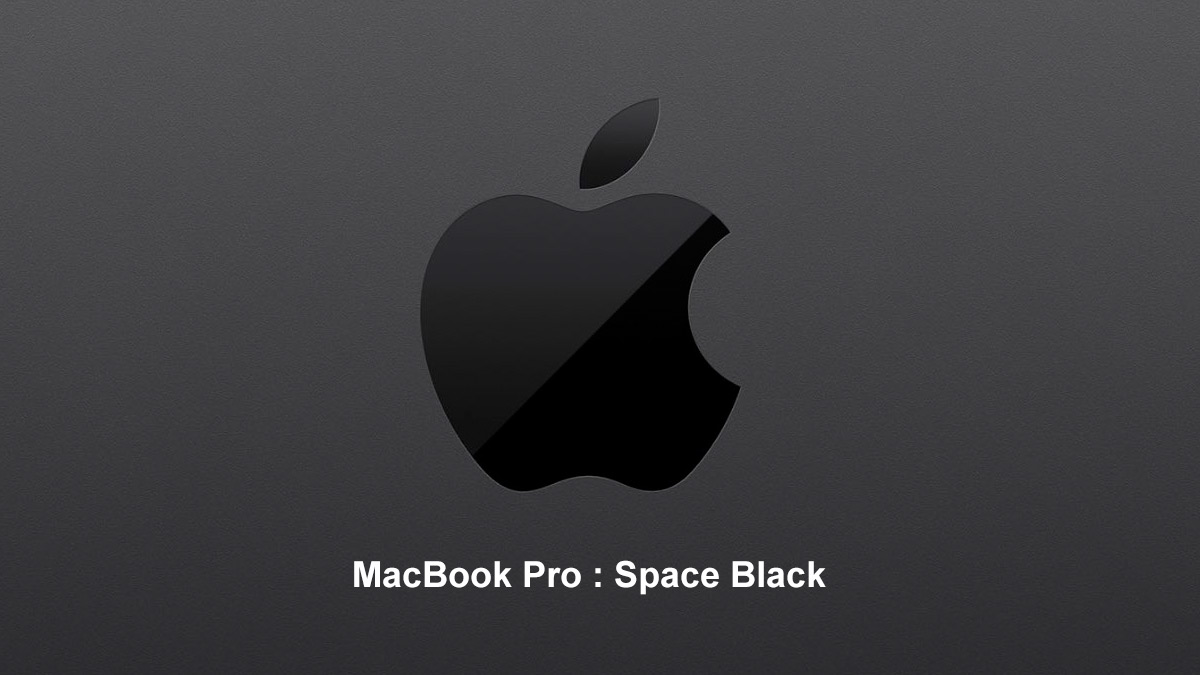Space Black Innovation
The new M3 Pro and M3 Max versions of the 14” MacBook Pro introduce a new colour called Space Black. Despite being more grey than black, Apple achieved this unique colour through an electrochemical process called anodization. Traditionally, anodization creates a glossy finish, but Apple went further by etching the anodized surface to varying heights. This innovative approach causes light to diffuse, resulting in a matte finish. The matte finish is crucial to avoid the appearance of grey. Although Space Black may look grey at certain angles, Apple is excited about this colour due to the extensive research and development invested in its creation.
Journey into the Core Highlights
1. The new M3 powered 14” MacBook Pro has replaced the 13” MacBook Pro.
2. The Touch Bar has been removed from the new MacBook Pro.
3. The M3 Pro and M3 Max versions introduce a new colour called Space Black.
4. Apple uses an electrochemical process called anodization to enhance the colour and finish of its cases.
5. The anodization process on the new MacBook Pro includes etching the surface to create a matte finish.
6. The matte finish is crucial to prevent a dyed black case from appearing too grey.
7. The M3 Pro version of the MacBook Pro has dual fans and 18GB of Unified Memory.
8. The M3 series is manufactured using TSMC’s cutting-edge 3nm process.
9. Apple bought out the entire production run of the M3 series, making it exclusive to their devices.
10. The lower spec MacBook Pro M3 has a single fan and comes with 8GB of RAM.
11. The opening process for the MacBook Pro is unchanged, but Apple is now publishing service manuals.
12. The battery connection uses a flimsy copper tab screwed into the positive and negative terminals.
13. The Logic Board of the MacBook Pro M3 Pro has two flash storage modules on each side.
14. The chassis of the MacBook Pro is modular, but some parts, like the lid angle sensor, are not independently replaceable.
15. The base model M3 Logic Board has 8GB of RAM, which may not be sufficient for future software demands.
16. The MacBook Pro’s SSD is soldered to the board, making it non-upgradable.
17. The Unified Memory Architecture integrates RAM into the SoC, preventing upgrades.
18. Apple’s serialized components and pairing to the Logic Board limit repair options.
19. Screen repairs, Touch ID sensor, and lid angle sensor are locked down and paired to the Logic Board.
20. The MacBook Pro M3 Pro receives a provisional score of four out of ten due to repairability and sustainability concerns.
21. The MacBook Pro M3 Pro features a dual-fan system and 18GB of Unified Memory for enhanced performance.
22. TSMC’s cutting-edge 3nm process is used in the manufacturing of the M3 series, making it exclusive to Apple devices.
23. The base model M3 has a single fan and comes with 8GB of RAM, potentially posing limitations for future software demands.
24. The SSD in the MacBook Pro M3 is soldered to the board, preventing upgrades and posing a challenge for potential repairs.
25. Apple’s serialized components and pairing to the Logic Board restrict repair options, particularly for screen repairs, Touch ID sensor, and the lid angle sensor.

RAM Related Highlights
1. The M3 Pro version of the MacBook Pro features 18GB of Unified Memory, enhancing overall performance.
2. The M3 series utilizes TSMC’s cutting-edge 3nm process, providing efficiency not found in other company’s chips this year.
3. The base model M3 comes with 8GB of RAM, a potential limitation for future software demands.
4. Apple’s Dynamic Caching effectively manages everyday tasks, but may face challenges as software demands for memory increase.
5. Within a short testing period, the 8GB RAM in the base model M3 filled up quickly, raising concerns about future performance.
6. The MacBook Pro’s SSD is soldered to the board, and the limited RAM may result in using swap space on the SSD, impacting its life cycle.
7. As operating systems grow larger and software demands increase, the 8GB RAM in the base model M3 may struggle to keep up.
8. The MacBook Pro’s SSD, soldered to the board, poses a challenge for repairs and may lead to expensive repairs if it fails.
9. The MacBook Pro’s design, with Unified Memory Architecture, integrates RAM into the SoC, making upgrades impossible.
10, The inability to upgrade RAM in the MacBook Pro raises concerns about its long-term usability and performance.

